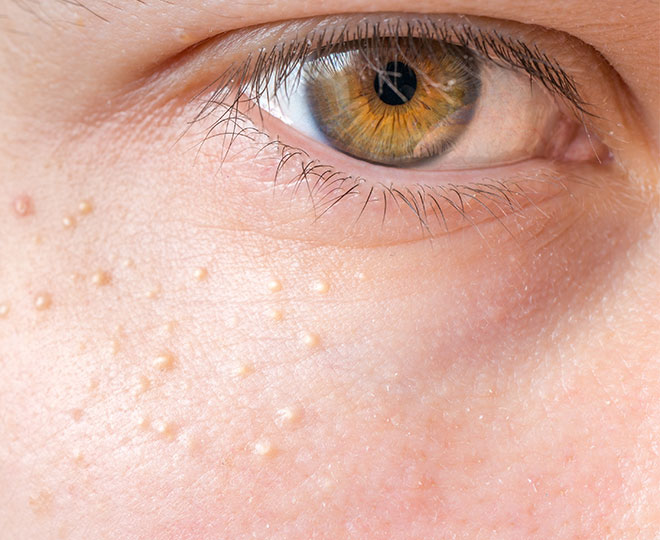
If You Have Tiny White Bumps on Your Face, Don’t Try to Remove Them!
If You Have Tiny White Bumps on Your Face, Don’t Try to Remove Them!
Our skin—constantly exposed to the environment—is prone to a variety of conditions. While some issues like eczema or psoriasis are rooted in inflammation and require treatment, not every skin irregularity needs intervention. One common but harmless example? Milia.
What Are Those White Bumps? You Might Have Milia
You may have had milia as a baby without even realizing it. These small white bumps, called milium cysts, are caused by trapped keratin—a protein found in skin, hair, and nails. Milia is most common in newborns, as their skin is still learning to exfoliate, but it can appear at any age when dead skin becomes trapped under the surface, often after injury, burns, or heavy product use.
These bumps often show up on the nose, cheeks, chin, and sometimes around the eyes or other parts of the body. Though they may look concerning, milia is completely harmless and usually goes away on its own. Understanding what type of milia you have can help determine whether treatment is needed—or if it’s best left alone.
Types of Milia
Milia is classified by age of onset and underlying cause. Here are the main types:
1. Neonatal Milia
Common in newborns, affecting up to 40% of infants, neonatal milia appears on the face, scalp, or upper torso and typically clears up within a few weeks without treatment.
2. Juvenile Milia
This rare form is linked to certain genetic conditions like Gardner’s syndrome, Pachyonychia congenita, or NBCCS. It tends to appear early in life and may require specialist care.
3. Milia en Plaque
This type appears in middle-aged women (though it can affect anyone), and is associated with autoimmune skin conditions like lichen planus or discoid lupus. It typically appears on the eyelids, ears, cheeks, or jawline.
4. Primary Milia
Found in older children and adults, primary milia develops spontaneously around the eyelids, forehead, or genital area and can last from weeks to several months.
5. Traumatic Milia
These cysts form after skin injuries, such as burns or rashes. They may appear inflamed—red around the edges with a white center—but are still benign.
Diagnosing Milia
Milia is usually diagnosed visually by a dermatologist, with no need for skin biopsies in most cases. If you're unsure about the white bumps on your skin, consult a doctor to confirm whether they’re milia or another condition.
Should You Remove Milia?
In most cases, no treatment is necessary, especially for infants. However, older children and adults may choose removal for cosmetic reasons or mild discomfort.
Common medical treatments include:
-
Cryotherapy – Freezing the milia with liquid nitrogen.
-
Deroofing – Using a sterile needle to extract the contents.
-
Topical retinoids – Creams with vitamin A that help exfoliate the skin.
-
Chemical peels – Removing the outer skin layer to clear clogged pores.
-
Laser ablation – Targeting milia with a focused laser.
-
Diathermy – Using heat to destroy the cyst.
-
Curettage – Scraping and cauterizing the cyst surgically.
⚠️ Note: Some people try DIY methods using tools like paper clips, but this is not recommended. Always seek professional help to avoid infection or scarring.
How to Prevent Milia
Though harmless, milia can be frustrating. The good news? Preventing them is possible with a few lifestyle adjustments:
✅ Use Sunscreen
Sun damage can trigger milia. Protect your skin with broad-spectrum SPF whenever you’re outdoors.
✅ Avoid Heavy Skincare Products
Thick creams, ointments, and even some makeup products can block your pores. Switch to lightweight, non-comedogenic alternatives and avoid exfoliants with harsh microbeads.
✅ Exfoliate Gently and Regularly
Regular exfoliation helps your skin shed dead cells and reduces keratin buildup. While babies don’t need this step, adults should exfoliate as part of their skincare routine.
The Bottom Line
Milia are harmless, painless, and often temporary. While they may be cosmetically bothersome, they generally don’t require treatment unless you choose to pursue it. If you're unsure or concerned, consult a dermatologist to discuss your options.
In the meantime, treat your skin gently, avoid heavy products, and don’t try to pop or extract milia at home. With patience and the right skincare routine, those tiny white bumps will likely disappear on their own.
News in the same category


Harvard Doctor Says No to These 4 Inflammatory Foods
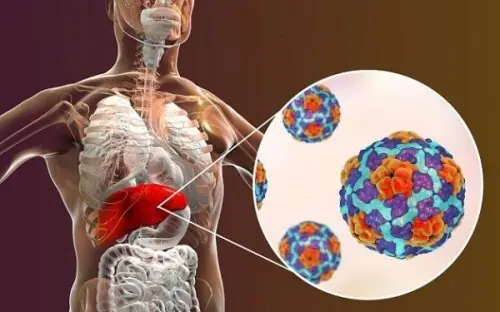
5 Early Warning Signs of Liver Cancer You Should Never Ignore—Even If They Seem Subtle
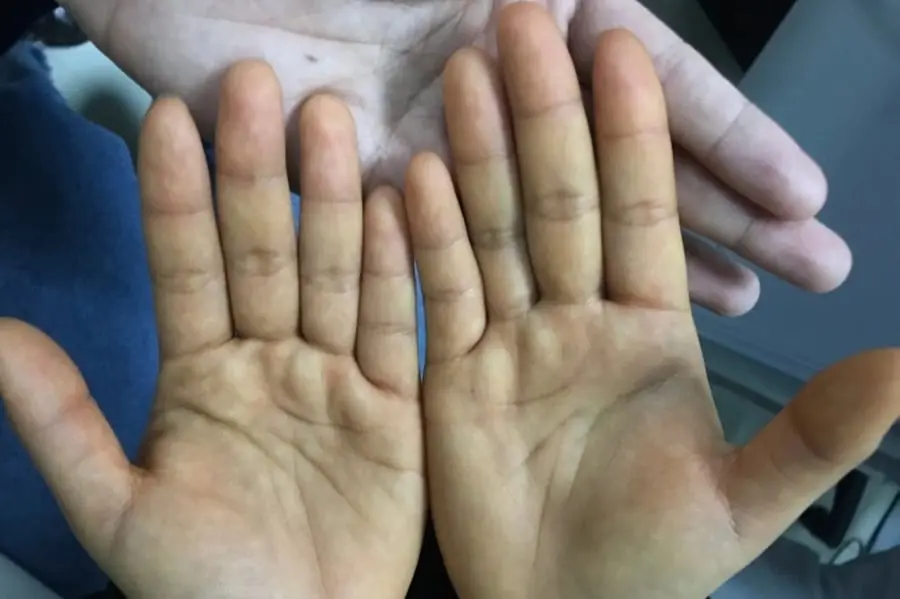
Before Cancer Knocks: 4 Warning Signs in Your Hands and Feet You Should Never Ignore
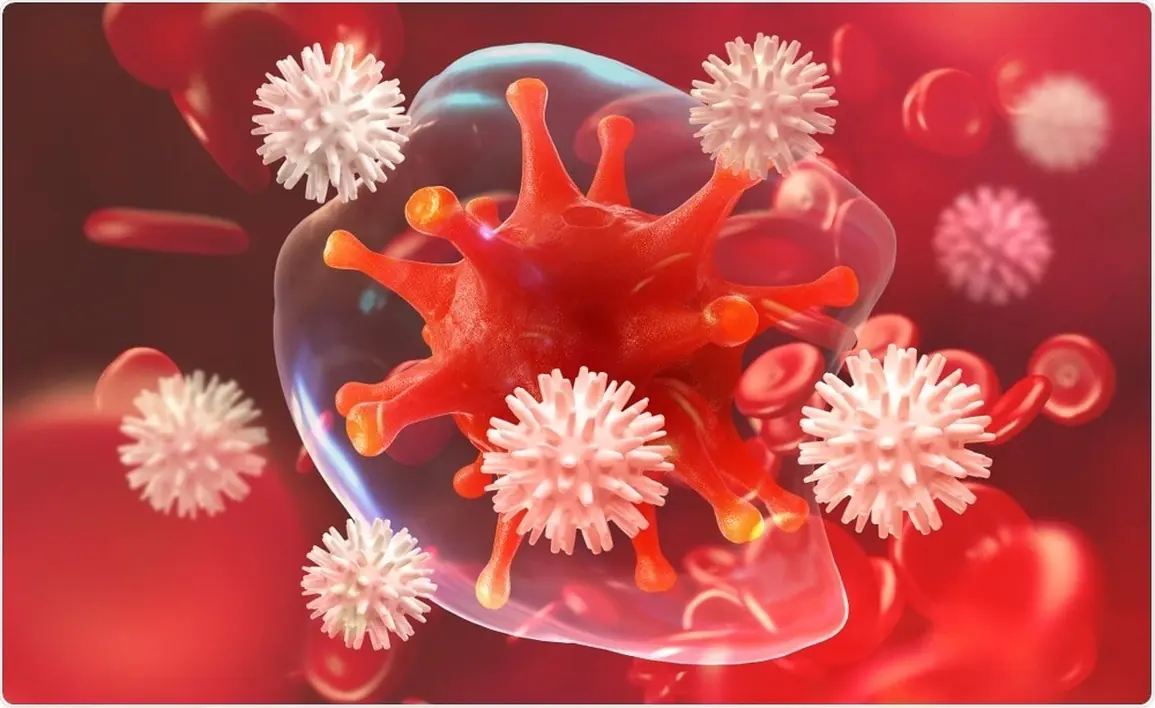
Silent Signs of Kidney Cancer Many People Overlook
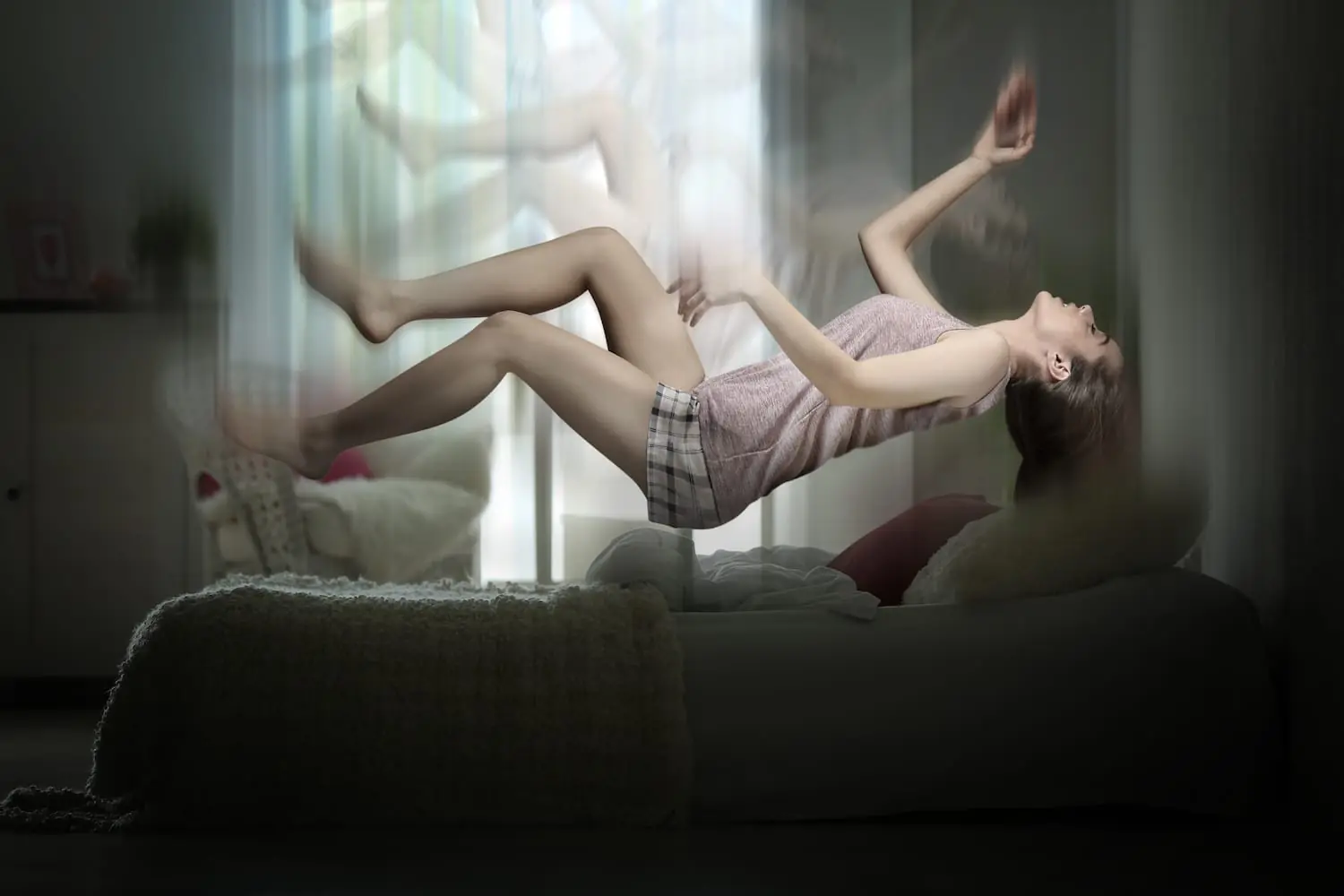
The Science Behind Why Your Body Jerks As You Fall Asleep
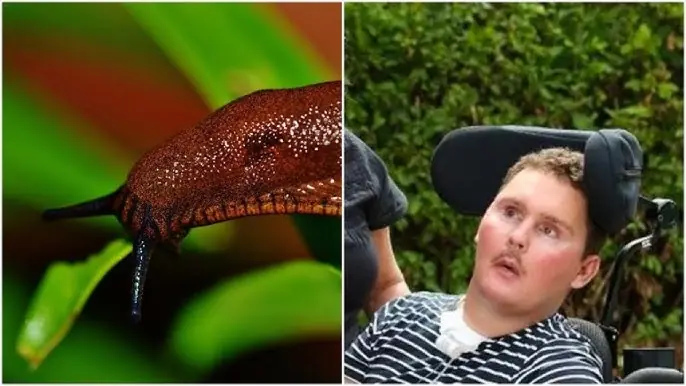
Man Eats Slug on a Dare, Leading to Tragic Consequences Years Later

Doctor Explains Why You Might Need to Poop Right After Eating — And It’s Not Just IBS
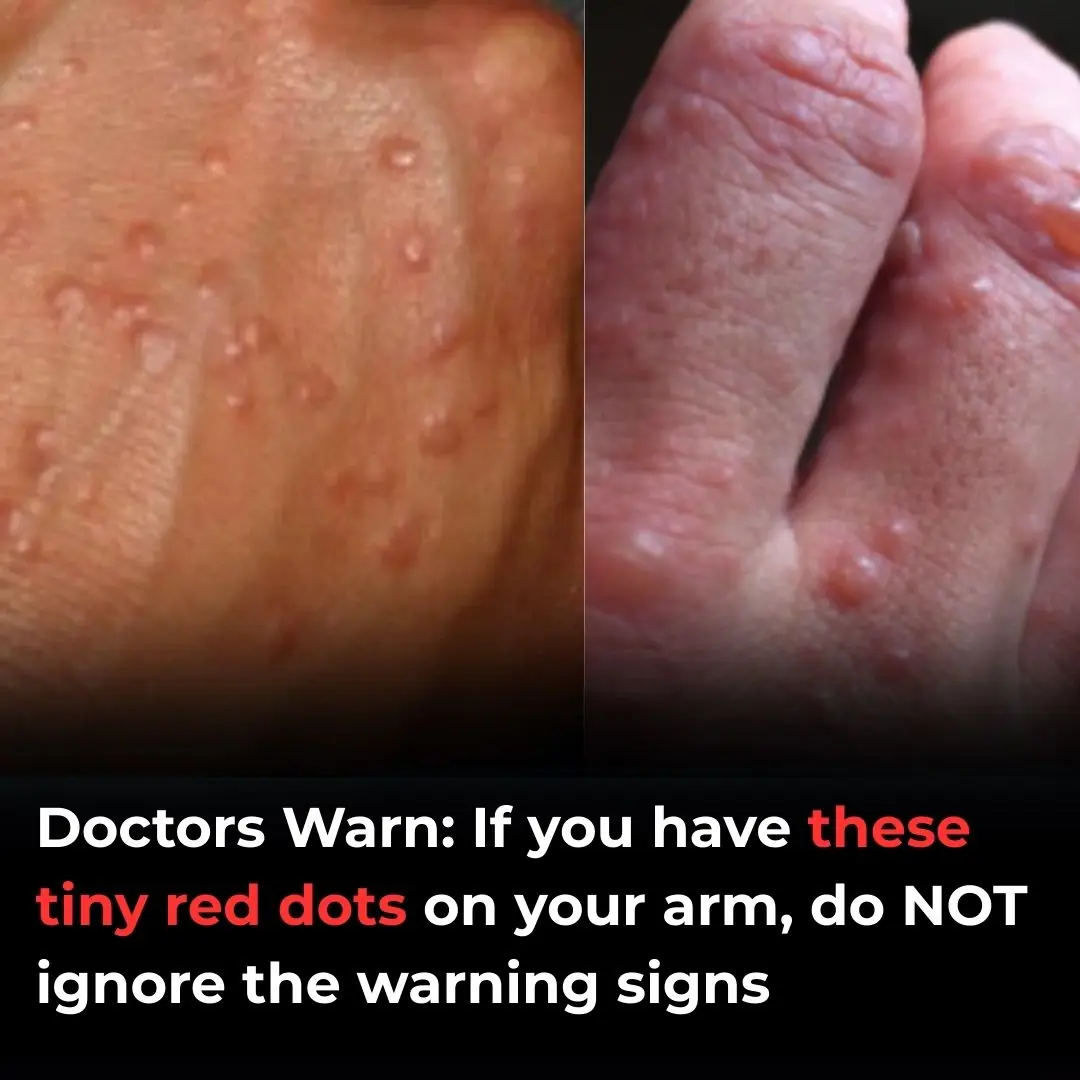
Don’t overlook these small red spots on your arm – They could be important warning signs
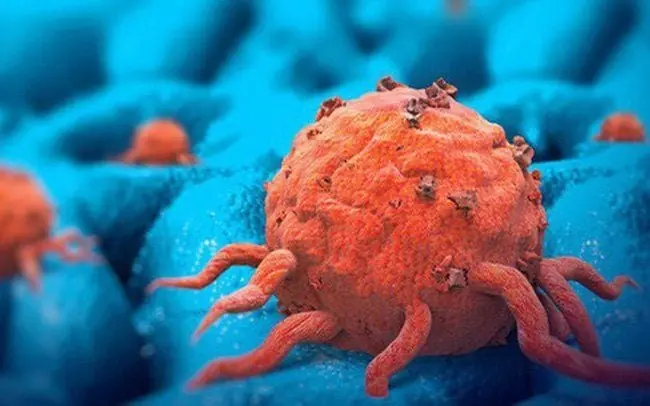
If You Don’t Get These 5 Health Screenings, You Might Not Know You Have Cancer! It's Best to Check These Areas Regularly
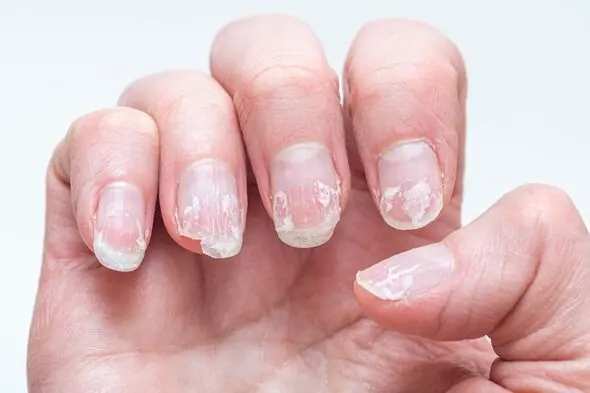
Warning: Strange Nail Shapes Could Be a Sign of Dangerous Cancer
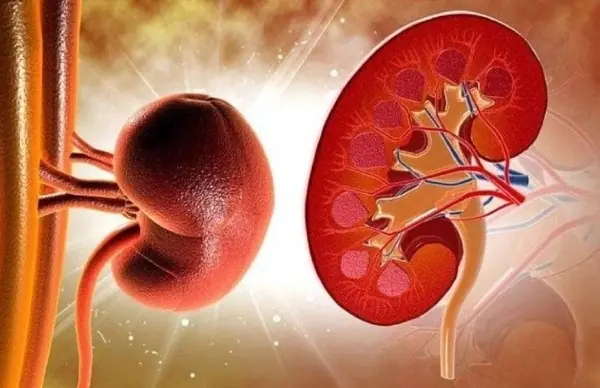
5 Early Signs of Kidney Failure You Need to Know: #3 Is Common But Often Ignored
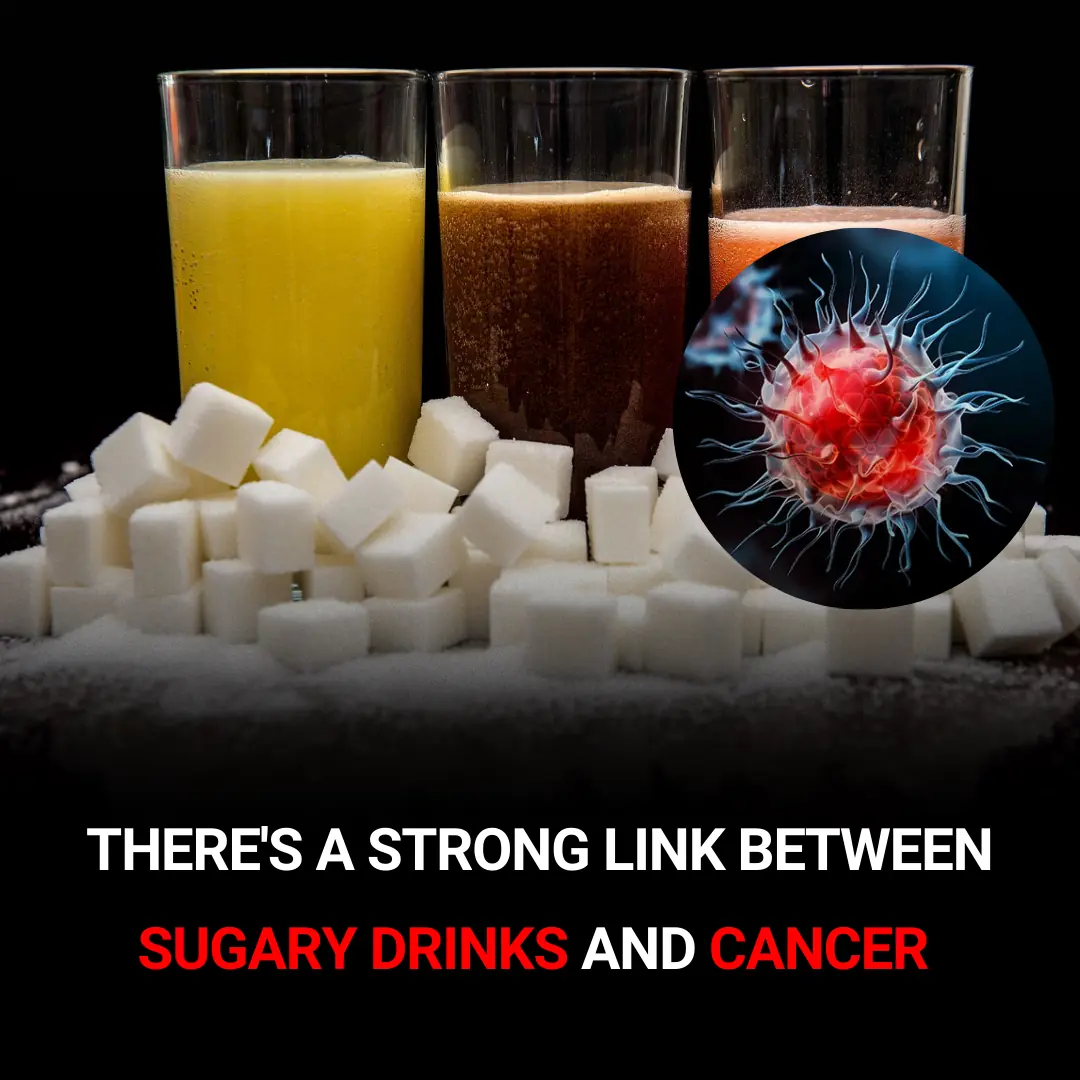
Think Before You Sip: The Hidden Link Between Sugary Drinks and Oral Cancer

Pineapple-Infused Water, Anyone? Discover the Benefits, Tips, and Refreshing Recipes

How Much Water You Actually Need to Drink Each Day – And Why It Matters

5 Fruits Listed in the ‘Black Book’ That May Promote Cancer Cell Growth: Avoid Them No Matter How Cheap They Are
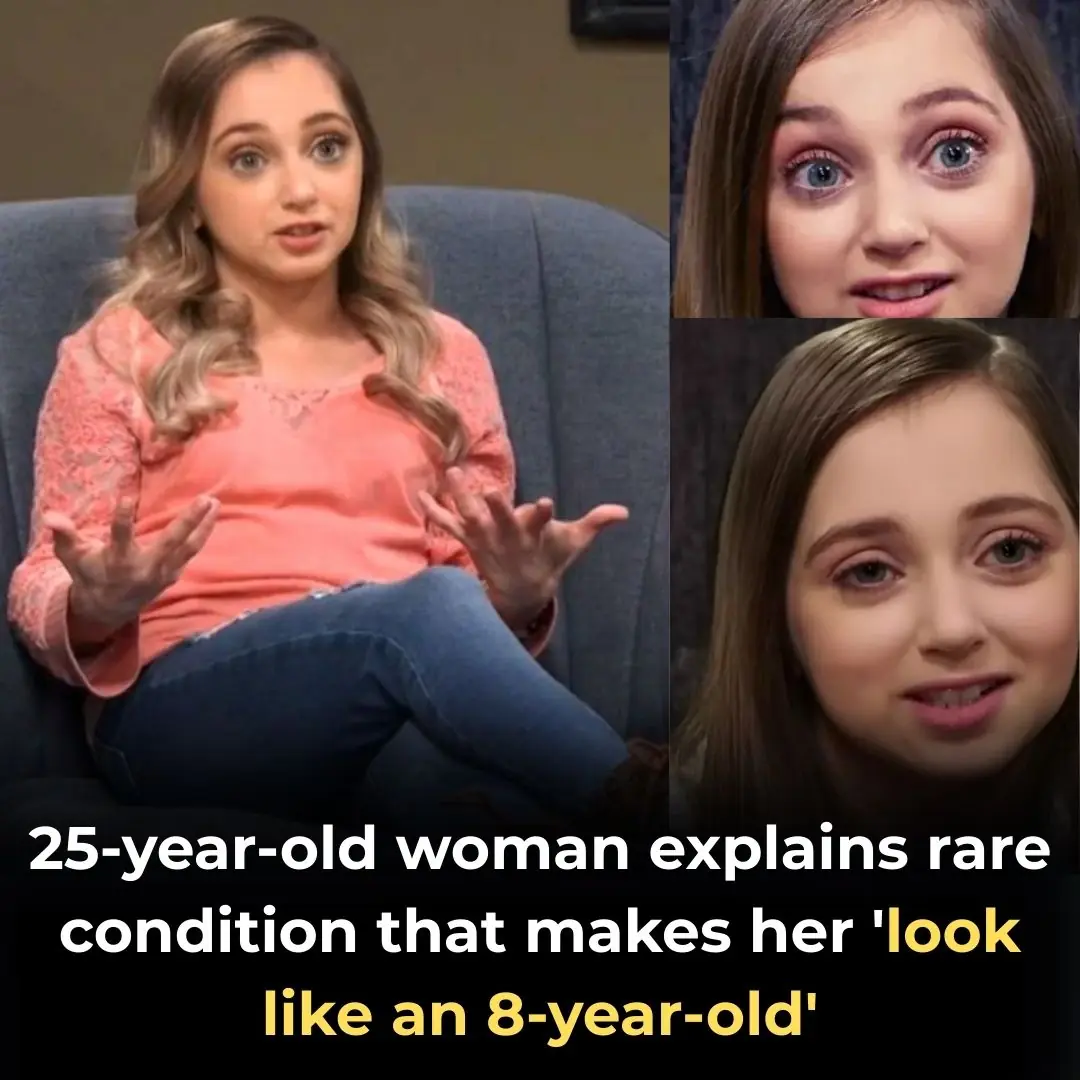
25-year-old woman explains condition that makes her ‘look like an 8-year-old’
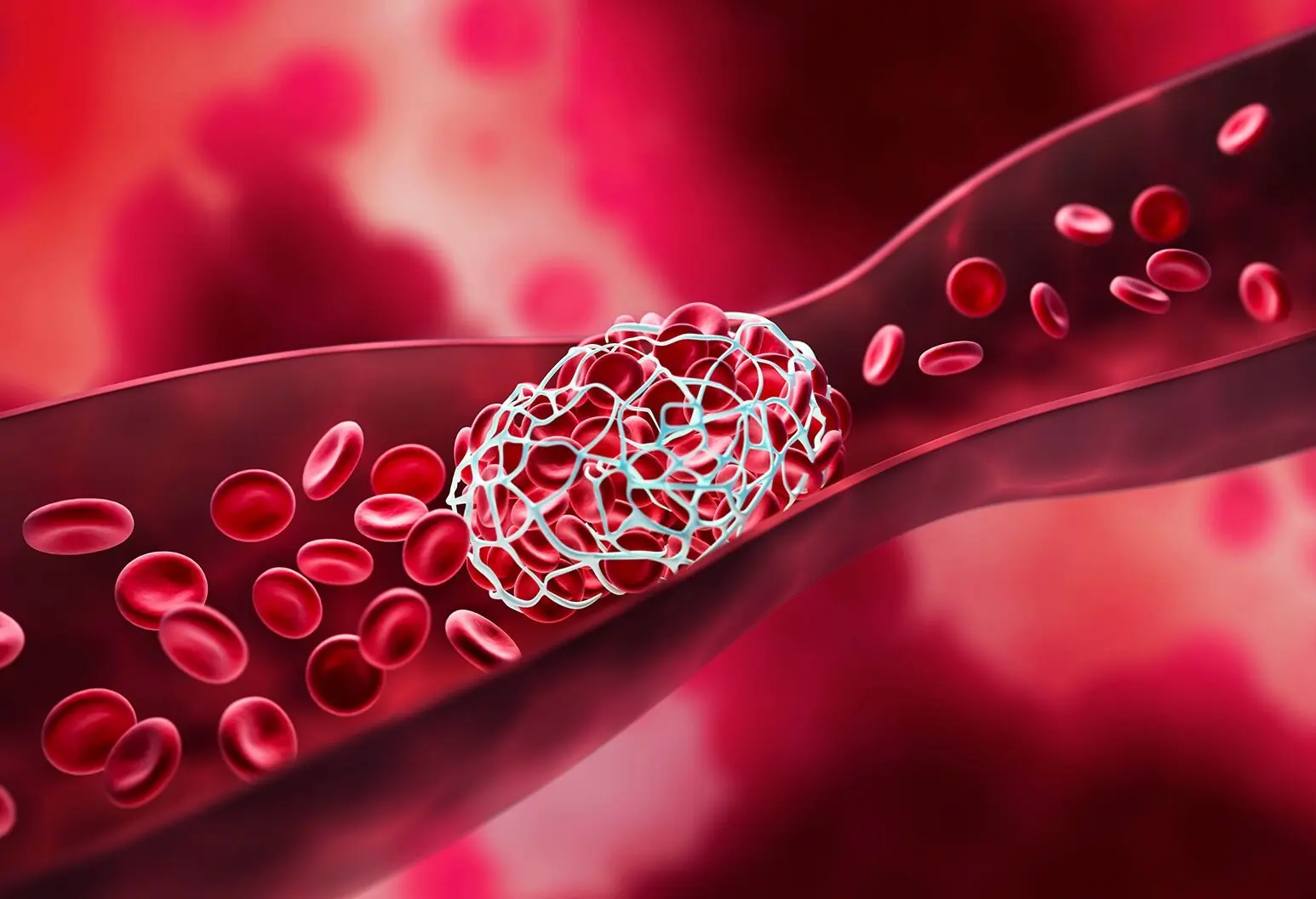
When There's a Blood Clot in the Body, It May Send You 4 Warning Signals You Shouldn't Ignore

Inside The 36-hour Fast: How Your Body Transforms Hour By Hour In Viral New Simulation
News Post
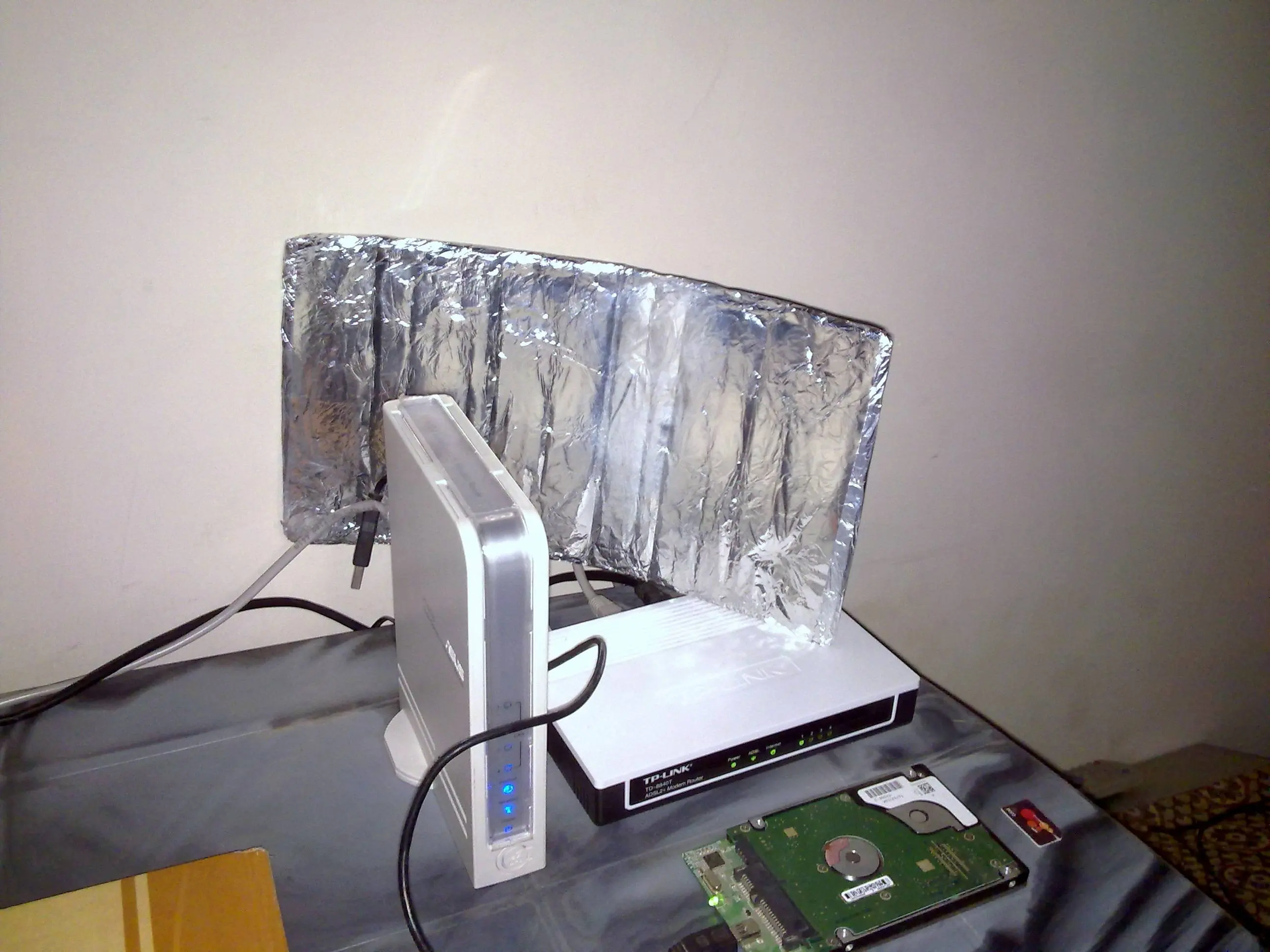
Why You Should Try Placing Aluminum Foil Behind Your Router

6 Hard Truths About Losing a Parent
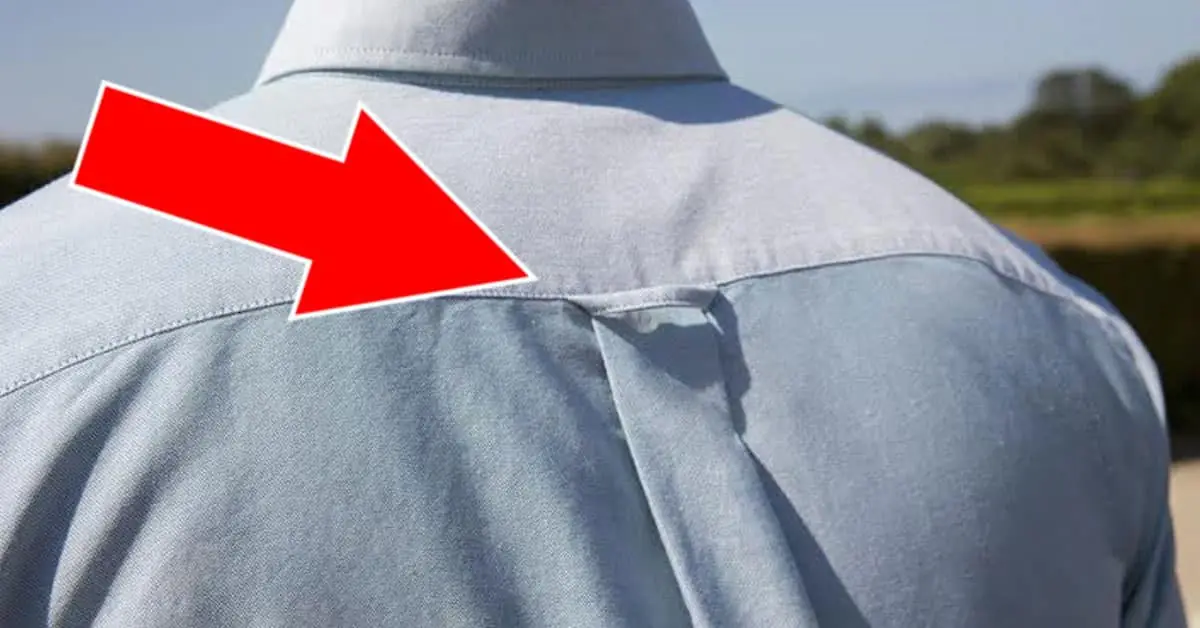
Why Do Button-Down Shirts Have Loops on the Back?

Harvard Doctor Says No to These 4 Inflammatory Foods

5 Early Warning Signs of Liver Cancer You Should Never Ignore—Even If They Seem Subtle

Before Cancer Knocks: 4 Warning Signs in Your Hands and Feet You Should Never Ignore

Silent Signs of Kidney Cancer Many People Overlook
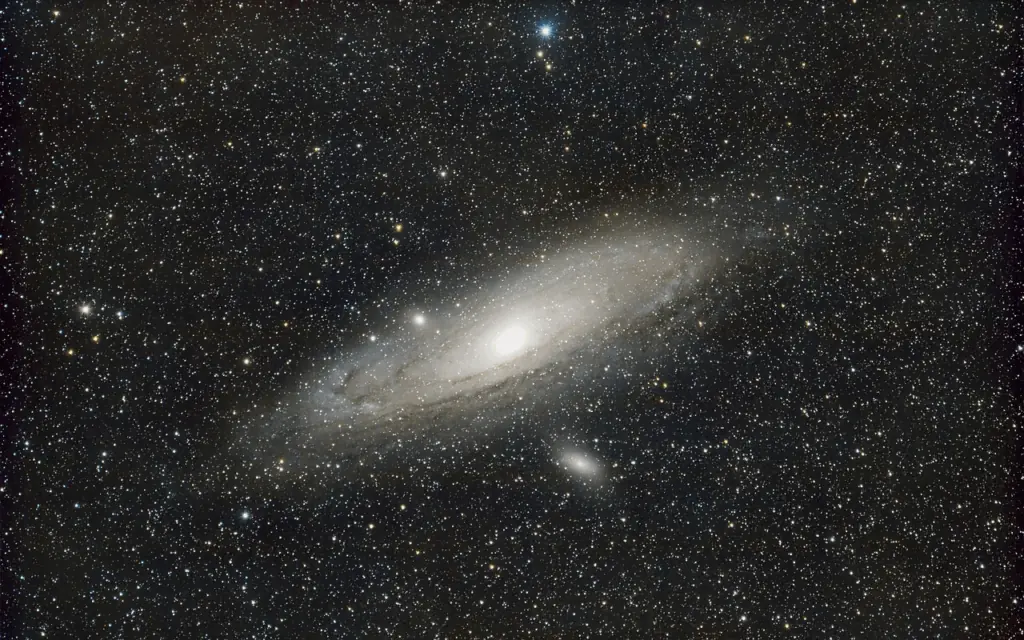
Scientists Stunned By Space Station Bacteria That’s Never Been Seen On Earth
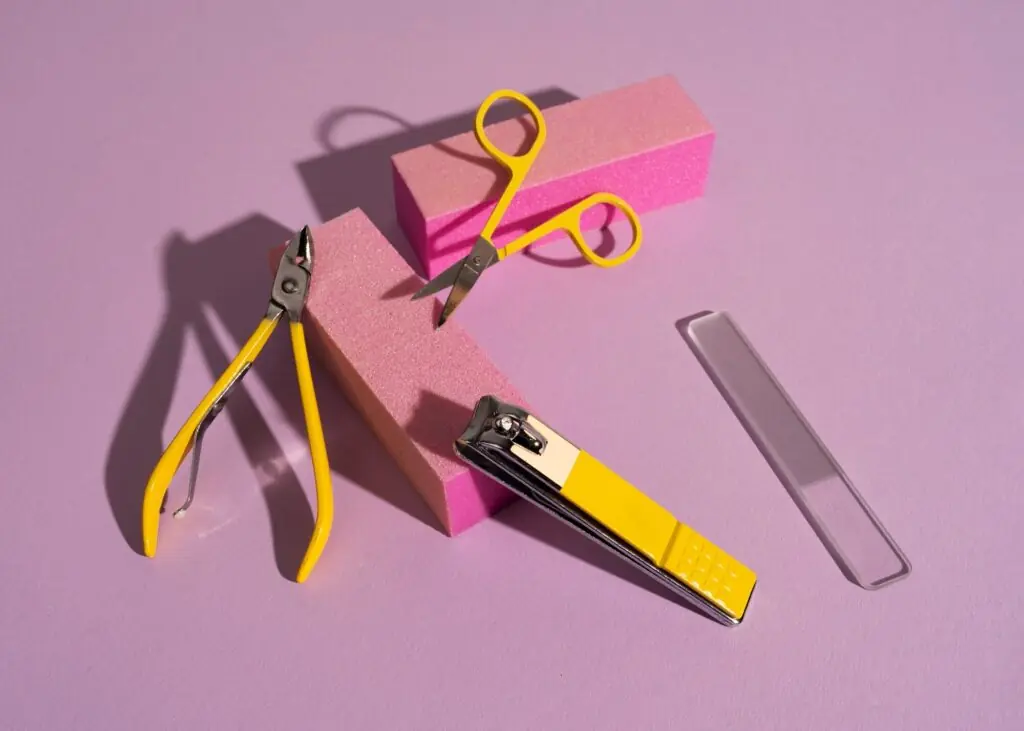
The “Small Round Hole” On The Nail Clipper Has Special And Powerful Uses, And I Had No Idea

Papaya Flowers Soaked in Honey: A Potent Natural Remedy
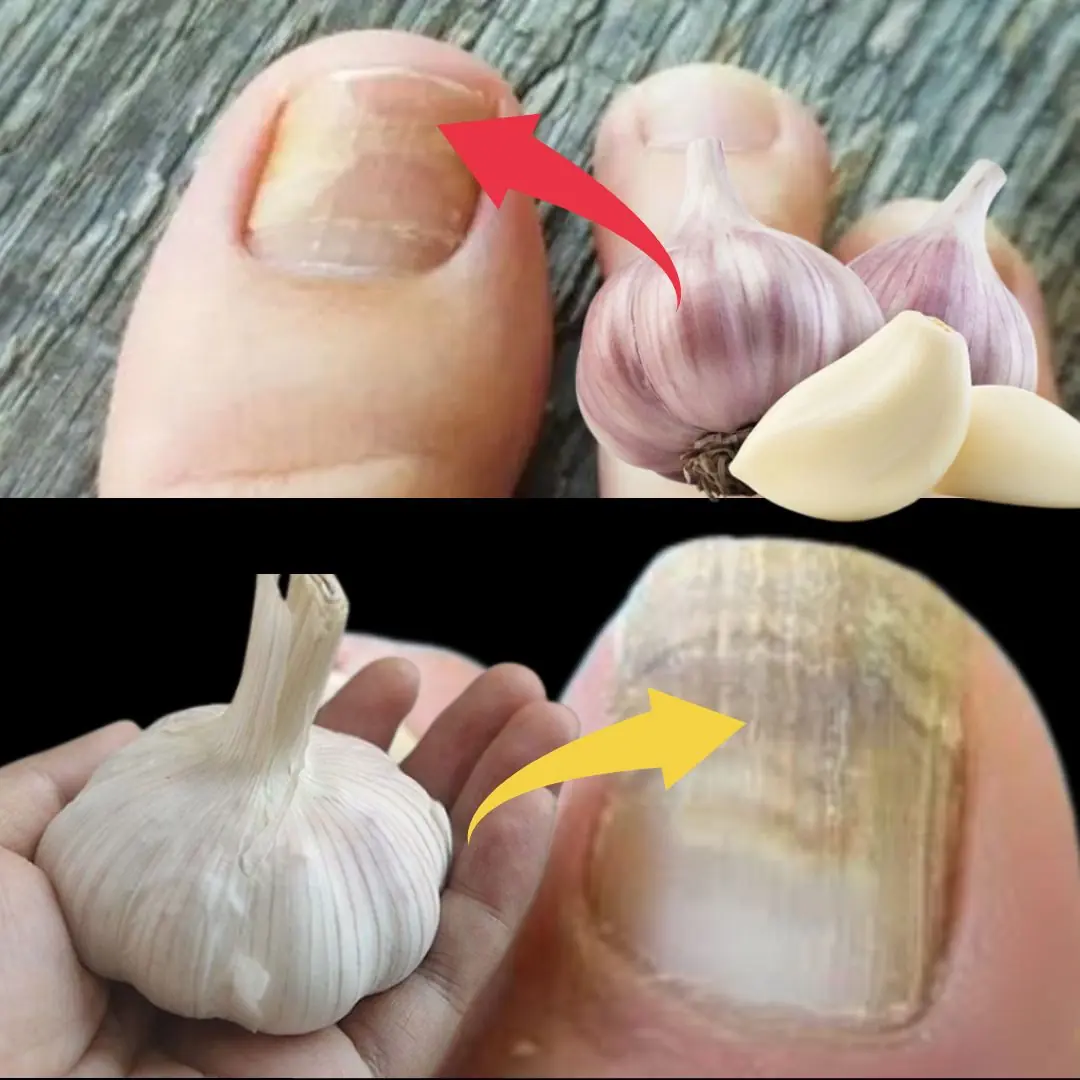
This Natural Nail Fungus Killer Works Fast: Garlic!
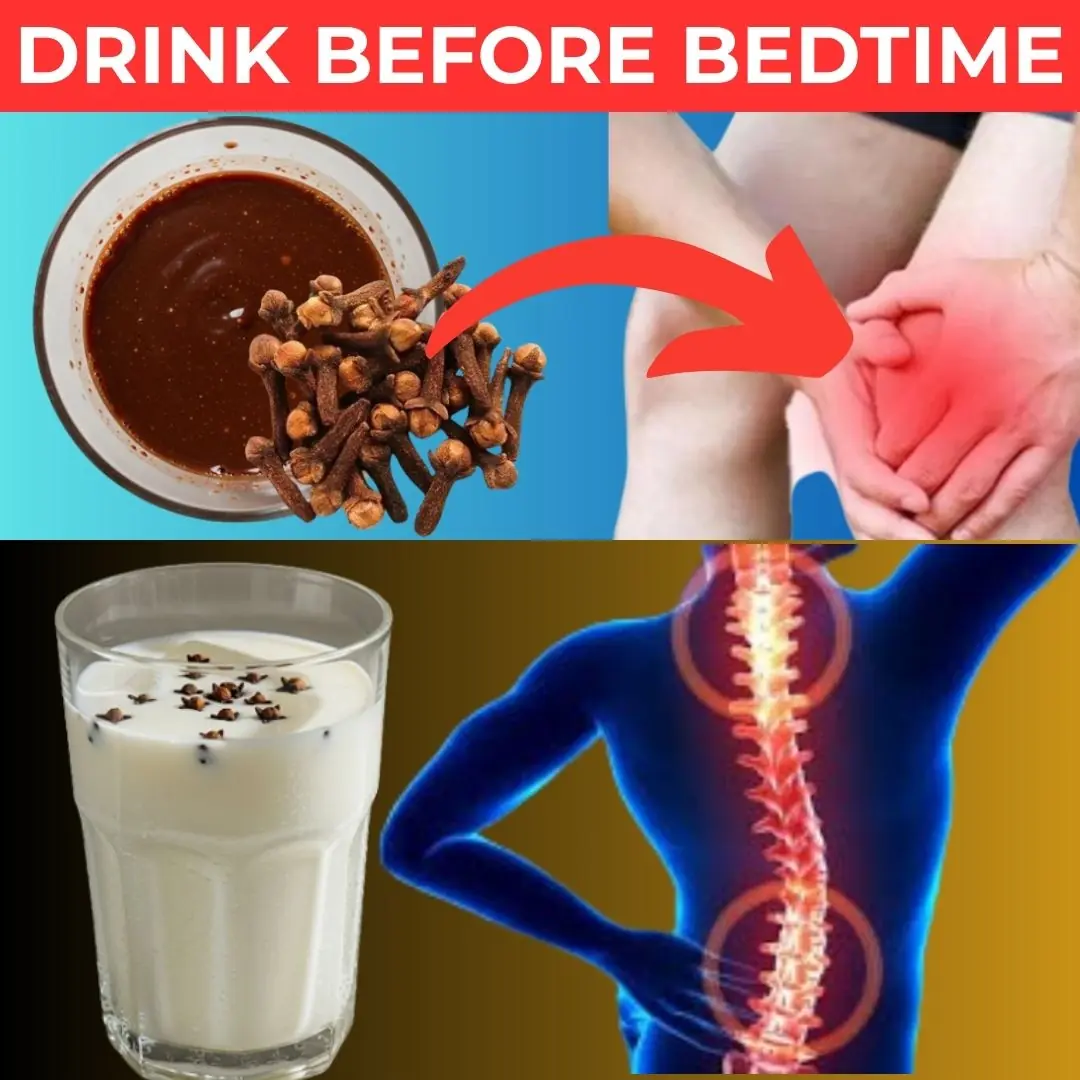
Old Doctor’s Remedy: Almond Milk with Cloves Treats 15 Health Problems in Just 1 Week
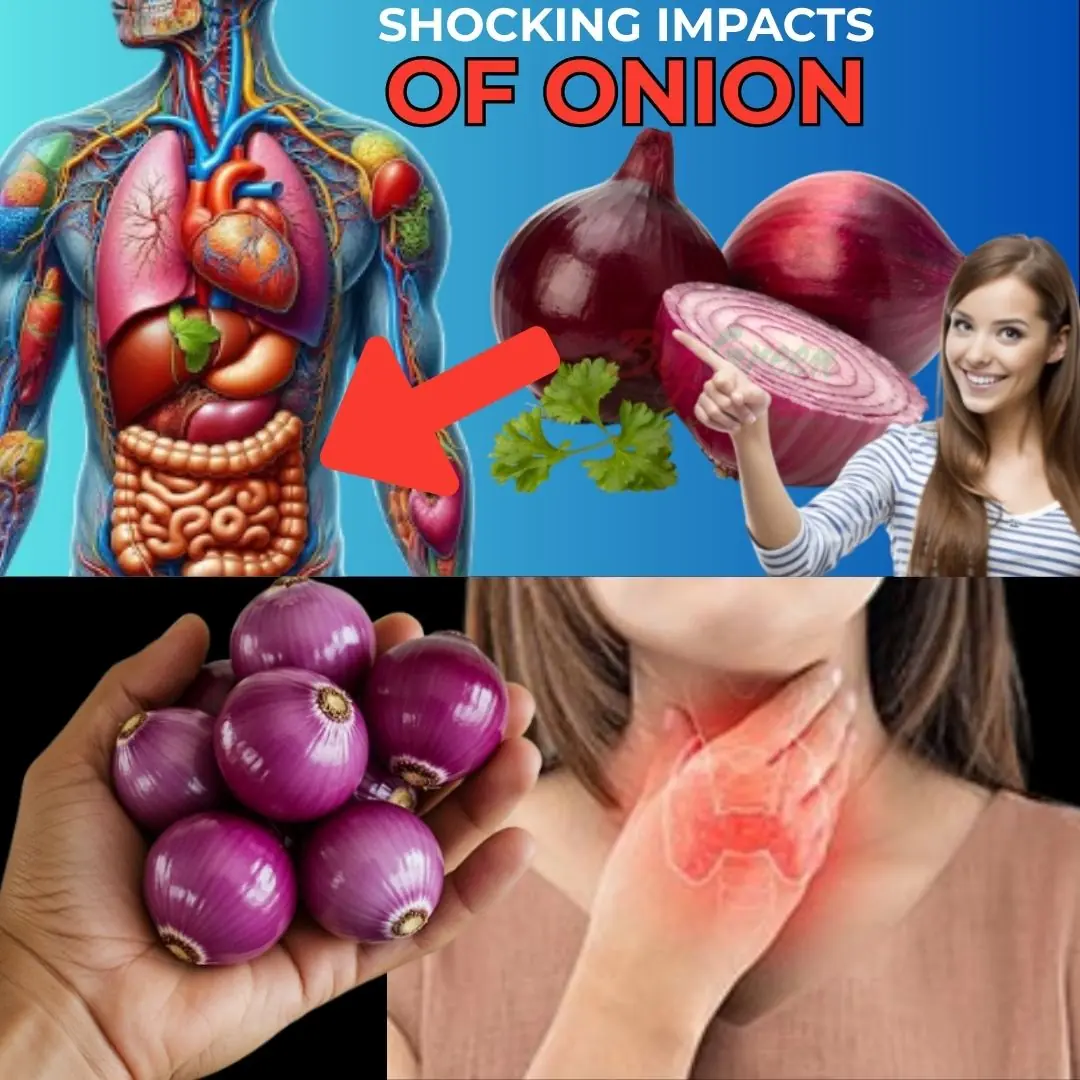
The Amazing Health Benefits of Onions: Why This Kitchen Staple Deserves a Spot in Your Wellness Routine

My Daughter Told Me Not to Visit Her Family Again — Days Later, She Was at My Door Begging
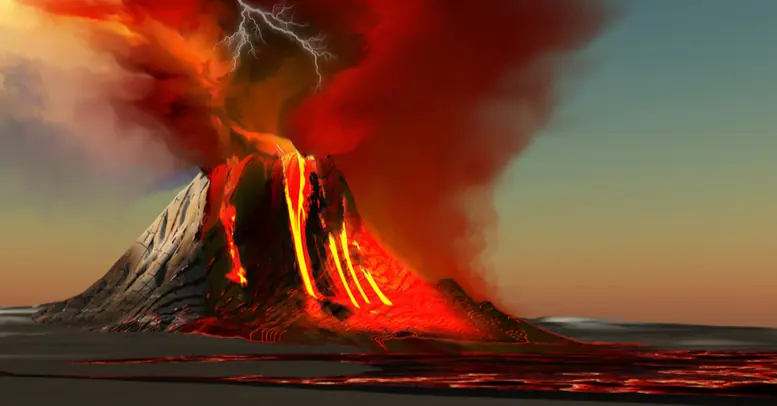
300,000 Americans on Alert as Massive 11,000-Foot Volcano Shows Signs of Imminent Eruption
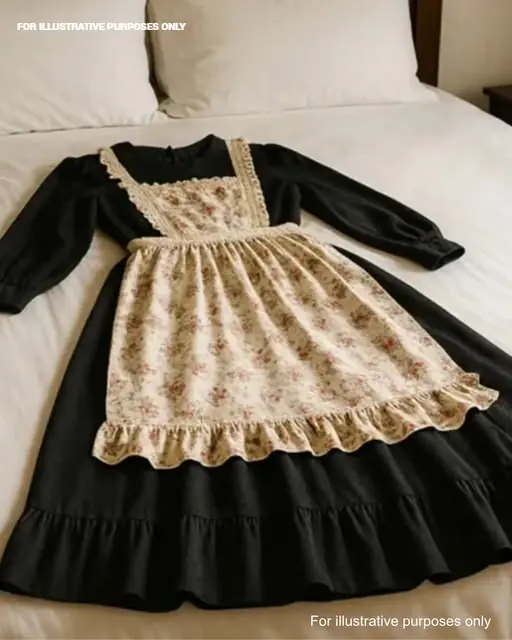
A Week After Moving in, He Gave Me a ‘House Uniform’—He Wasn’t Ready for What Came Next
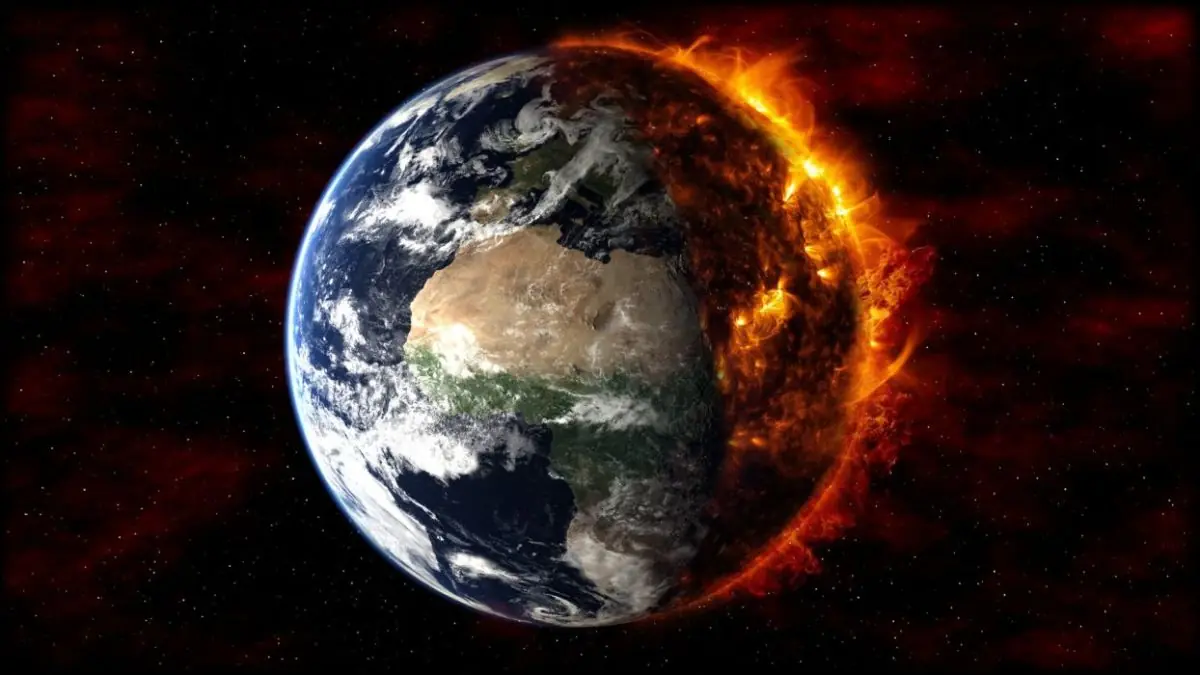
Supercomputer Delivers Chilling Forecast for Humanity’s Future on Earth

A seven-year-old orphan boy was about to be disconnected from life support machines, but at the very last moment, he whispered a few words.

